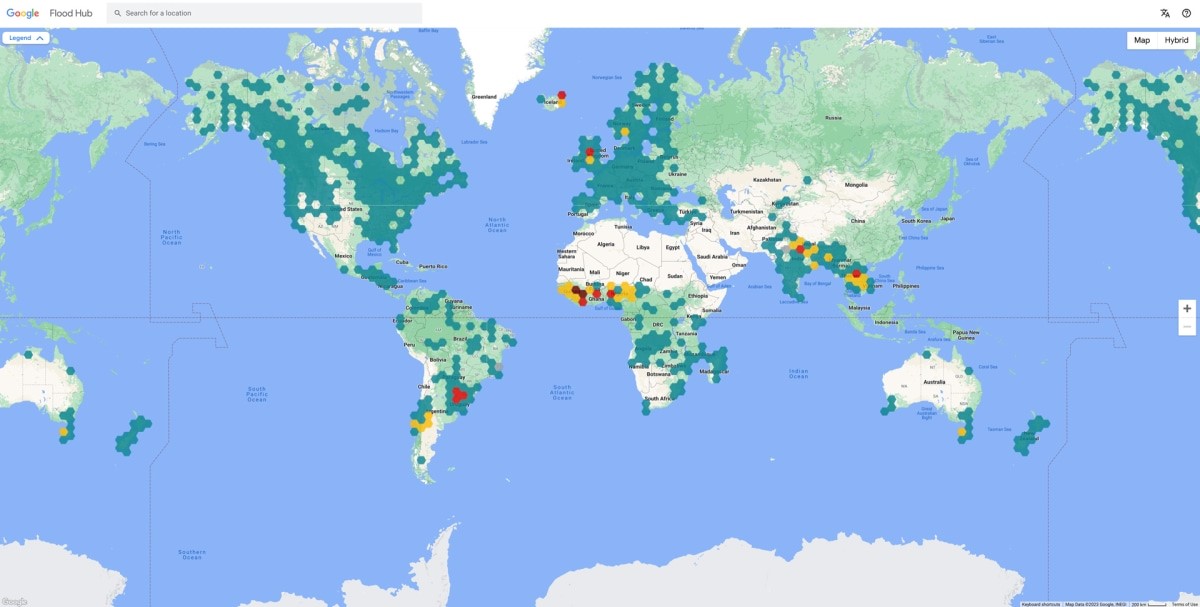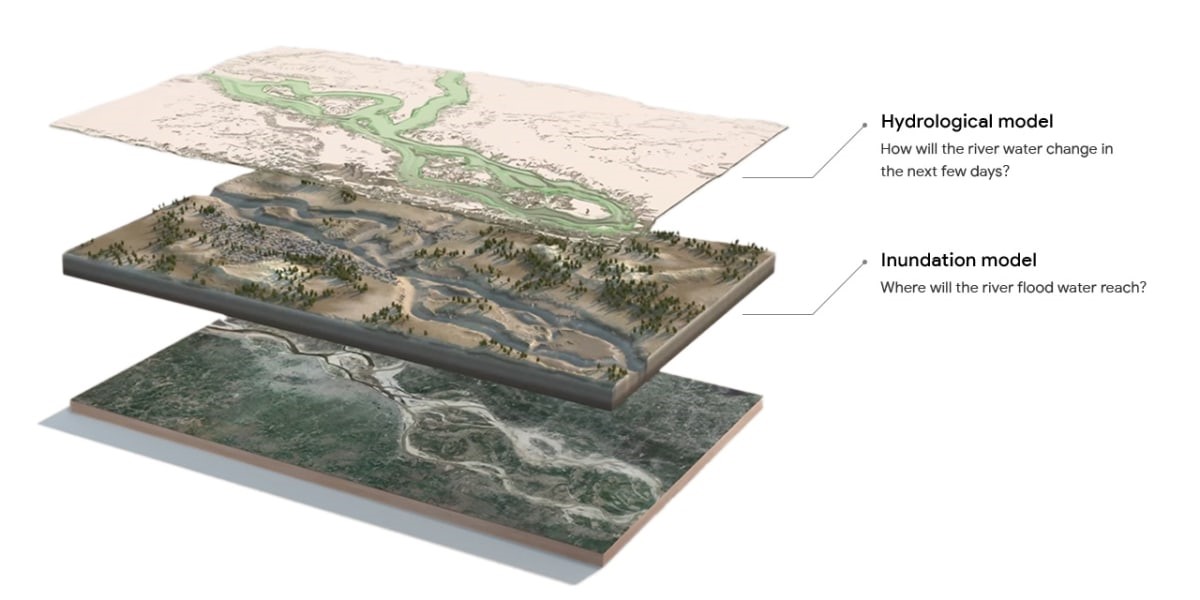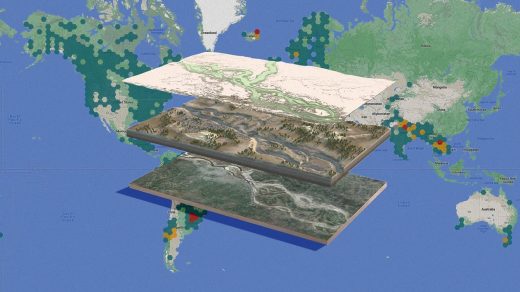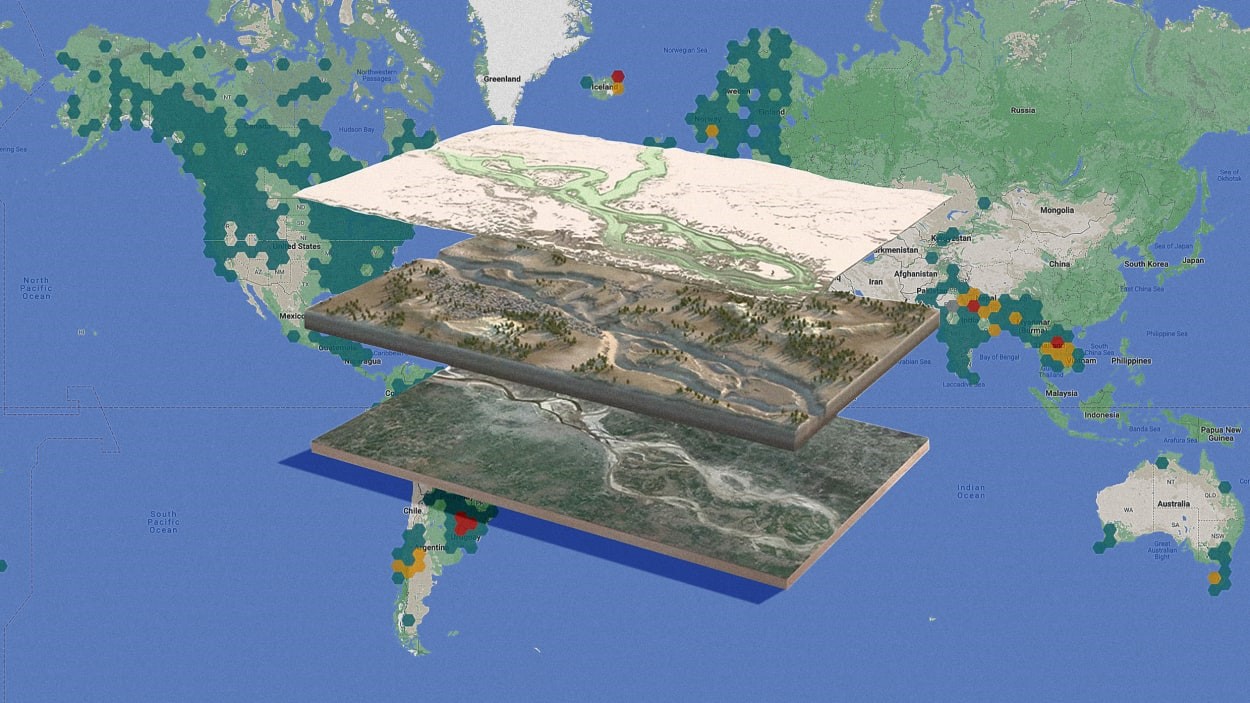Google launches Flood Hub in the U.S., which predicts when rivers will flood and warns people to evacuate
By Adele Peters
In August, when heavy rain hit parts of Chile, tens of thousands of people had to evacuate their homes as their communities flooded. Many got a warning a couple of days in advance, thanks to a tool from Google called Flood Hub that rolled out in the country earlier this year.
Before Flood Hub existed, it was “practically impossible” to accurately predict when rivers would flood, says Yossi Matias, vice president of engineering and research at Google. When a team at Google first started working on the problem five years ago, they didn’t know if they’d be able to find a solution because of the complexity of understanding factors like topography, soil type, and how much water will reach an area during a storm. “This was really kind of a moonshot, in a way,” he says. “Can we use machine learning and other technologies in order to try to predict floods at some level of accuracy that that would be valuable?”

The tool uses thousands of satellite images to build a digital model of the land in a specific area, and then simulates how the river could flood. That modeling is combined with weather forecasts. In some cases, it’s possible to predict flooding as much as seven days in advance. In most cases, the forecast can happen around two days in advance, still long enough to warn people to avoid catastrophe.

Flood Hub launched first in India in 2018, where the team saw firsthand how much warnings were needed. “What we learned is that in many cases, there’s no warning at all,” Matias says. “When I was in India, I saw a village that was totally covered with water. The floods surprised them in the middle of the night.” By 2022, the service had expanded to 20 more countries, and another 60 in the spring of 2023. Today, Google announced that it had also expanded to parts of the U.S. and Canada.
The company used machine learning to develop what’s called a global hydrologic model, based on data from rivers all over the world. “It allowed us to provide flood forecasting information even in places where the historical data is quite scarce,” says Matias. “For example, [we’re in] 23 countries in Africa, many of which actually don’t have enough data, but because we can learn the patterns of floods and then map them to places that have certain similarities, it allows them to get to the right level of quality that we needed.”
It’s critical, he says, for the tool to be very accurate; if people don’t trust the warnings, they won’t take action. The alerts go out in different ways depending on the location. They often go directly to mobile phones. (During the monsoon season this summer, Google sent out over 45 million flood alerts to mobile phones in India.) In areas where some people might not have access to phones, the alerts might go to village leaders, or local volunteers who then go door to door. Governments also get the alerts.
In Nigeria, Google partnered with the UN, which built a system that sends alerts for large floods to governments and local partners. In India, one organization uses Flood Hub data and sends out notifications via WhatsApp. In the recent flood in Chile, a TV station shared the Flood Hub alerts, and then 90,000 Chileans visited the Flood Hub website.
Since relocation is expensive, and some people living in flood-prone areas may not be able to afford to move, Google also recently partnered with the nonprofit Give Directly to pilot another model. In Mozambique, if Flood Hub predicts that a community will be hit by floods, Give Directly is testing giving out cash in advance so families can relocate.
Right now, Flood Hub can forecast “riverine” floods, where rivers overflow after an extended period of rain. But it can’t yet predict sudden flash floods. It also isn’t as accurate in urban areas, where multiple factors are at play, such as potential infrastructure failures. But the team continues to work on expanding the tool. “I’m pretty optimistic, based on what I’m seeing in this project . . . that we are going to be able eventually to solve even problems that appear to be very difficult today or some people would say impossible,” says Matias.
Flood Hub is one of multiple tools from Google designed to help with climate adaptation. Another service that launched earlier this year sends out extreme heat alerts; another new tool is designed to help cities see where it would be most helpful to add cool roofs to buildings. A separate project uses AI with satellite images to help track wildfires. Technology can “actually make a real difference” in helping deal with some of the impacts of climate change, Matias says.
(11)



